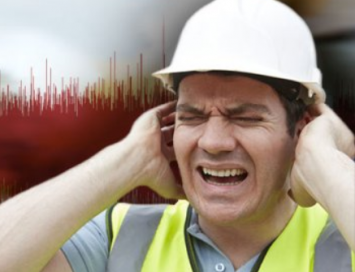Noise and Hearing Conservation

Exposure to high noise can result in noise-induced hearing loss. Workplaces should know what their noise levels are and ensure that worker have the right hearing protection where needed. The use of noise controls can reduce noise levels and can save money over the long run. There is solid evidence that high noise levels result in higher accident rates. This is another reason to look for noise control rather than hearing protection.
resources
- Need Noise Testing or other Help with your Hearing Conservation Program
- Noise Legislation
- Worksafe Bulletin
- Manitoba Noise Guideline
- Hearing Loss Starts Early
- Basic Overview of Noise and Noise Testing
- How are Noise Surveys Performed?
- How often should noise testing be done?
- Calculate What Noise is costing your Company
- NIOSH Derating of Hearing Protection
- Selecting the Right Hearing Protection
- Necessary Content for Worker Training
- Typical Noise levels from Common Tools
- Noise control principles
- How Can I make a Saw 6 to 10 dBA Quieter?
- Cost Effectiveness of Noise Controls
- Noise Control Checklist and Action Plan
- Rate of Hearing Loss by Profession / Industry
- Adding up noise from different tasks
- Best way to explain Noise Levels
- Look up your risk of Noise Induced Hearing Loss
- Realworld NRR Calculator
- Importance of Proper Insertion of Ear Plugs
- Importance of Wear Time for Hearing Protection
- Importance of Wear Time for Hearing Protection Calculator
- Protection from Dual Hearing Protection
- When to replace ear plugs and ear muffs
- How Good is the Noise Meter App on your smartphone?
- Lower accident rates by lowering noise levels
- Concurrent exposure to ototoxic chemicals and noise
- Need noise testing or other help with your noise program?